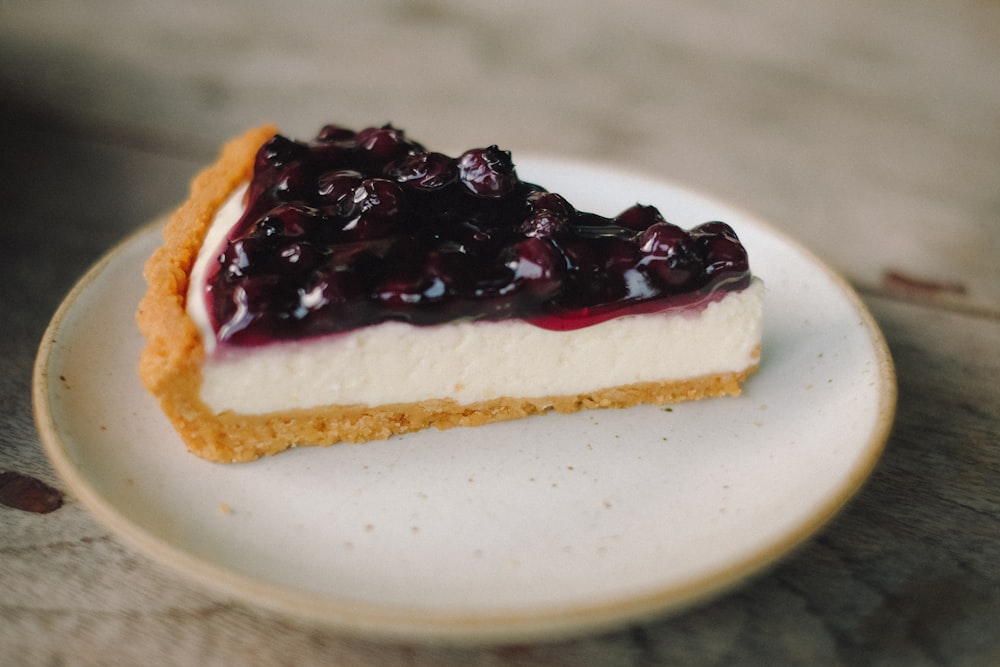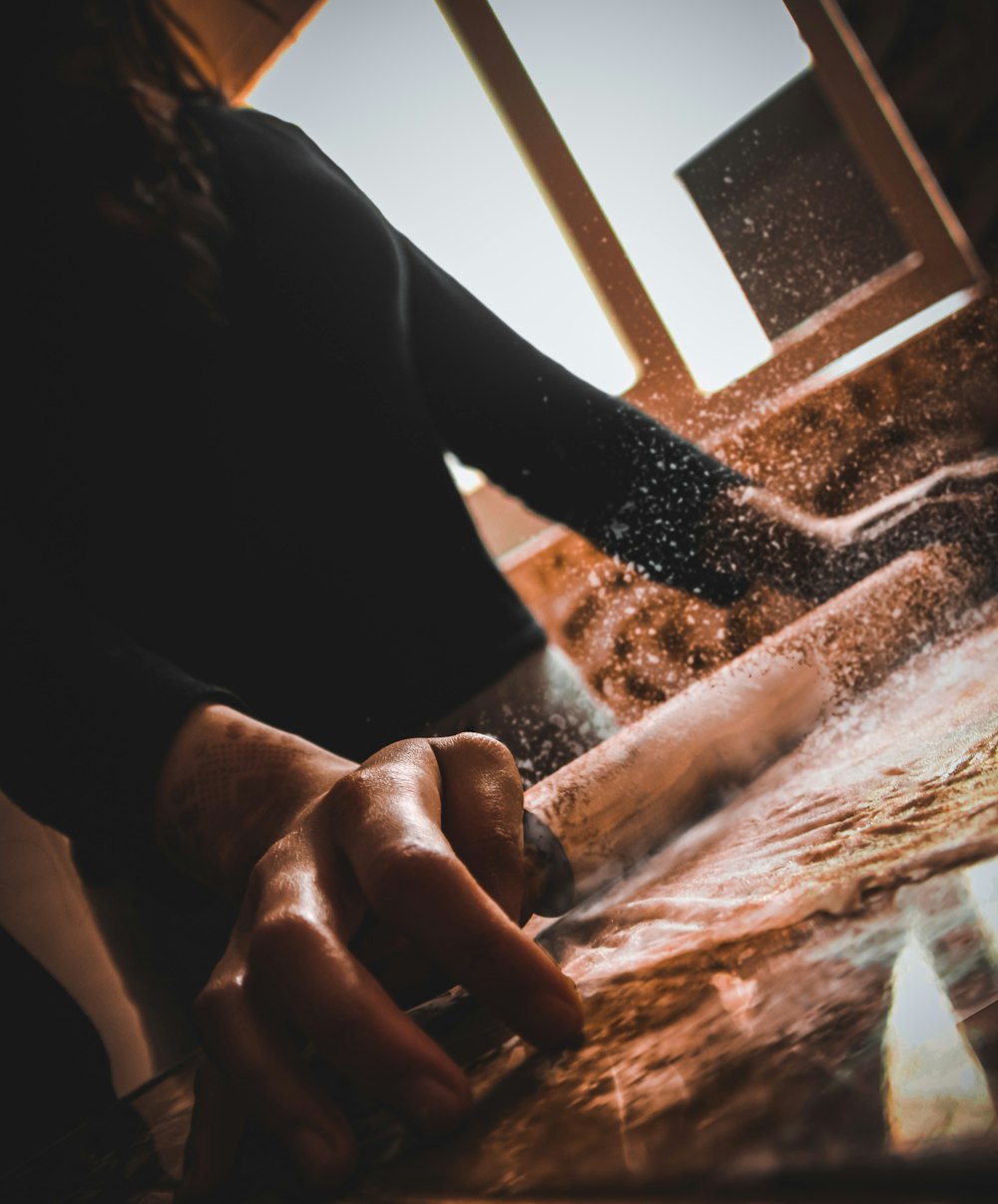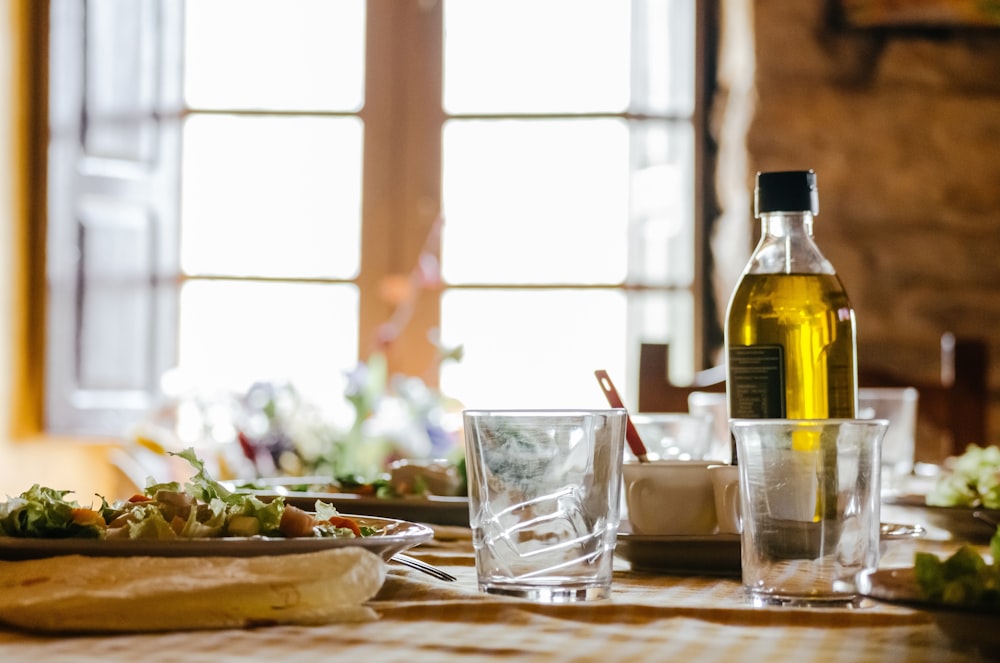The earliest cookbooks were more than just recipe collections. They consisted of detailed instructions for concocting medicines and potions often interspersed with food preparation pointers to fill in a page. Among the oldest surviving recipes are three clay tablets housed in the Yale Peabody Museum of Natural History. It is from the Old Babylonian period, around 1700 BC. The oldest surviving document in the West that we would call an actual cookbook is the Apicius, also known as De re culinaria or De re coquinaria (On the Subject of Cooking). It is a collection of Roman cookery recipes. It is thought to have been compiled in the 1st century AD and is cited by Pliny the Elder in his Natural History (77 AD). It can be viewed at the New York Academy of Medicine in New York City. Individual recipes are older than these earlier cookbooks. In fact, there are many recipes in use today that date back to ancient times with cheesecake being a worldwide favorite.
Cheesecake was the tasty culinary discovery of the Greeks. This creamy and delicious food recipe featured a thick, delicious layer of sweetened cheese and a buttery biscuit crust. The recipe used a simple mixture of honey, flour, and soft cheese. This made a light, subtly flavored cake often served at weddings and other festivities. The cheesecake recipe was modified by the Romans through the addition of eggs as well as crushed cheese. They called it savillum. Lemon or orange zest was added continues to be done to this day.
(photo/ Unsplash)
Roman Savillum (Cheesecake)
Ingredients: 15 bay leaves 3 eggs 8 Ounces ricotta cheese ½ cup of honey 1 teaspoon grated orange zest 1 teaspoon lemon juice ½ cup all-purpose flower Strawberries can be added to bring up to 21st century tastes
Directions: Preheat an oven to 425 degrees F (220 degrees C). Pour some water into a small, oven proof bowl, and place into the oven. Arrange the bay leaves over the bottom of the springform pan to cover.
Beat the eggs in a mixing bowl, then mix in ricotta cheese, honey, orange zest, and lemon juice. Sprinkle in the flour and stir until evenly combined. Gently pour the batter over the bay leaves, being careful not to disturb them too much.
Bake in the preheated oven until browned, about 35 to 40 minutes. Run the tip of a paring knife around the edges of the pan, and release from the springform pan. Invert onto a serving plate and serve warm or chilled. Per Serving: 160 calories; protein 6.5g; carbohydrates 25.4g; fat 4.2g; cholesterol 78.5mg; sodium 62.8mg.
(photo/ Unsplash)
Disadvantages of Recreating Historical Recipes Disadvantages of ancient recipes is their lack of clarity, unattainable ingredients, and modern measures. Much information can be lost in translating ancient languages. Another important disadvantage is that if you must make any changes at all by substituting ingredients there will be a change in how good the food tastes. Another thing is that changes in location will all change a recipe’s outcome.
As an example, altitude changes how well things bake and boil. At sea level the boil temperature of water is 100°C. while at 2000 feet the boiling point is only 98 or 96°. So, one must be aware of the location a recipe was composed for to provide best results. In fact, the first person to thoroughly analyze the recipes contained in the 3,700-year-old Babylonian tablets was Jean Bottéro. Bottéro was a French historian born in Valla Uris. He was a major Assyriologist and a renowned expert on the Ancient Near East. He didn’t exactly give the recipes a positive review. He called the food “fit for only his worst enemies.” But, later, Brown University tried to improve on Bottéro’s recipe interpretations. They claimed that they could be made delicious.
Its updated recipe for one of the dishes, “Wildfowl Pie” is below: Sumerian Wildfowl Pie For the filling: • 1 raw chicken (or 2 quail or a duck) • 1 leek (or onion) • 4 shallots (or small onions) • 4 cloves garlic • 3 tbsp fresh mint leaves • 3 tbsp cumin • 3 tbsp cinnamon • 1 tbsp salt • 1/4 cup honey • 2 tbsp semolina (or whole-wheat flour) • 1 cup milk • 1 tbsp olive oil • 1 tbsp vinegar • 2 cups cider or light beer
(photo/ Unsplash)
For the crust: • 3 cups semolina (or whole-wheat flour) • 1/2 cup rendered fat (or Crisco or butter) • 2 teaspoons salt • 1 cup milk
Directions
Chop up the leek, 3 of the shallots, and the garlic, and caramelize them in 1 tbsp olive oil (add a little more if they’re sticking to the pan). Make sure everything has turned nice and tan.
Toward the end, throw in the cumin and cinnamon, so they’ll get toasted and release their flavors. Put the chicken (on the bone), the caramelized leek / shallot / garlic mixture, salt, vinegar, honey, milk, and beer into a pot, cover it, and set it to simmer (about 125° C / 250° F). It takes about 45 mins to an hour to become tender.
After 40 mins or so, when the chicken is almost cooked (just barely a little pink), throw in the last shallot (chopped), mint leaves, and semolina. Stir until you’ve got a sort of chicken salad, with a little light gravy. Remove as many bones as you can, to get a nice pie filling. Make the pie crust. Knead the semolina, salt and rendered fat, adding milk as necessary to get a dough that’s sticky, but still moist enough to mold. Preheat oven to 175° C / 350° F. Coat a pie pan with butter or olive oil, then press in about 2/3 of the crust. Spoon in the pie filling.
Roll out the rest of the crust into a circle and press it on top of the pie. Brush the top lightly with melted butter (this will make it nice and crusty) and poke a few holes in it with a fork. Bake the pie for about 30 mins, or until the top turns tan. Set it on the counter and let it cool for 10 to 15 mins.
(photo/ Unsplash)
Download Free Specialty Ingredient Cookbooks Cape Crystal Brands is a specialty food provider serving the USA and Canada. It offers many hard to locate, modern gastronomy ingredients to cooks and chefs. Download our exclusive line of trusted specialty ingredient cookbooks, with recipes tested and approved by our Cape Crystal Test Kitchen for guaranteed success. They include how to use specialty ingredients such as agar agar, alginate, and carrageenan. To download click here: Free Recipe Books
Online Specialty Foods (capecrystalbrands.com)
By Ed McCormick – capecrystalbrands.com Quality food ingredients for chefs, cooks and foodies.




